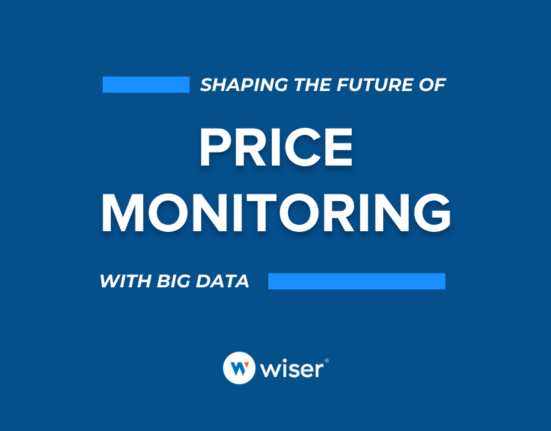Retail has undergone a significant transformation as consumer behavior shifts and modern shoppers increasingly move fluidly between online and in-store interactions. These consumers are driven by convenience, access to information, and the ability to compare options seamlessly. Yet, despite these changes, many brands and retailers still treat online and in-store channels separately, missing crucial opportunities to create a unified and cohesive experience that fosters customer loyalty.
How Omnichannel Behaviors Are Evolving
Recent surveys reveal that today’s shoppers do not view their journeys as strictly online or in-store. In fact, 94% of consumers research online before buying in-store, and 51% of shoppers begin their journey on Amazon. This demonstrates that digital platforms aren’t just eCommerce destinations—they serve as comprehensive research tools that influence purchases across all channels, emphasizing their omnipresence in the customer journey.
Consumers aren’t just relying on digital channels for information, they’re using them to validate decisions and compare options. With 62% of sales being digitally influenced, the integration between digital and physical shopping is no longer a trend—it’s a standard expectation.
Why This Matters for Brands and Retailers
The key takeaway here is the importance of bridging online and offline strategies. Consumers today expect a consistent and informative journey regardless of where they start or complete their purchase. A disconnect between digital and physical touchpoints can create frustration and erode trust, while a well-connected strategy can enhance the overall shopping experience.
Key Strategies to Bridge Digital and Physical Channels
• Create Consistent Messaging Across Channels: Ensure product information, pricing, and promotions are aligned between your digital and in-store experiences to provide a cohesive brand presence.
• Empower In-Store Staff with Digital Tools: Equip associates with up-to-date information on inventory, promotions, and trending products. This helps them better serve customers and align the in-store experience with online offerings.
• Leverage Mobile to Connect Touchpoints: Use location-based promotions and digital ads that direct consumers to physical stores, tapping into the omnipresence of mobile devices in their daily lives.
Balancing Digital Validation with In-Store Engagement
While online research and product comparisons play a significant role in the customer journey, it’s essential to recognize the continued importance of in-store interactions. Consumers value the tactile experience of physically inspecting products and speaking with knowledgeable staff, especially when making high-consideration purchases like electronics.
To further enhance the in-store experience, businesses can integrate digital elements such as QR codes that provide additional product information or highlight promotions. This not only supports the in-store decision-making process but also reinforces the connection between digital research and physical purchases.
Building a Unified Experience for the Modern Shopper
Creating a seamless journey for omnichannel shoppers that reflects evolving consumer behavior, isn’t just about aligning information—it’s about understanding that consumers now expect a connected experience across all touchpoints. This means breaking down internal silos and integrating strategies that serve consumers at every stage of their journey.
Conclusion
The modern customer’s journey is increasingly dynamic, with consumers effortlessly navigating between digital research and in-store interactions. Brands and retailers must embrace this new reality by aligning their strategies and integrating digital and physical touchpoints. By doing so, they can create a more cohesive shopping experience that meets the expectations of today’s informed and empowered consumers. Those who succeed in creating a unified omnichannel experience will be positioned to gain a competitive edge and build lasting customer loyalty.
Watch this video to learn more on how to win omnichannel shopper decisions: Win the Moment Shoppers Choose to Buy









